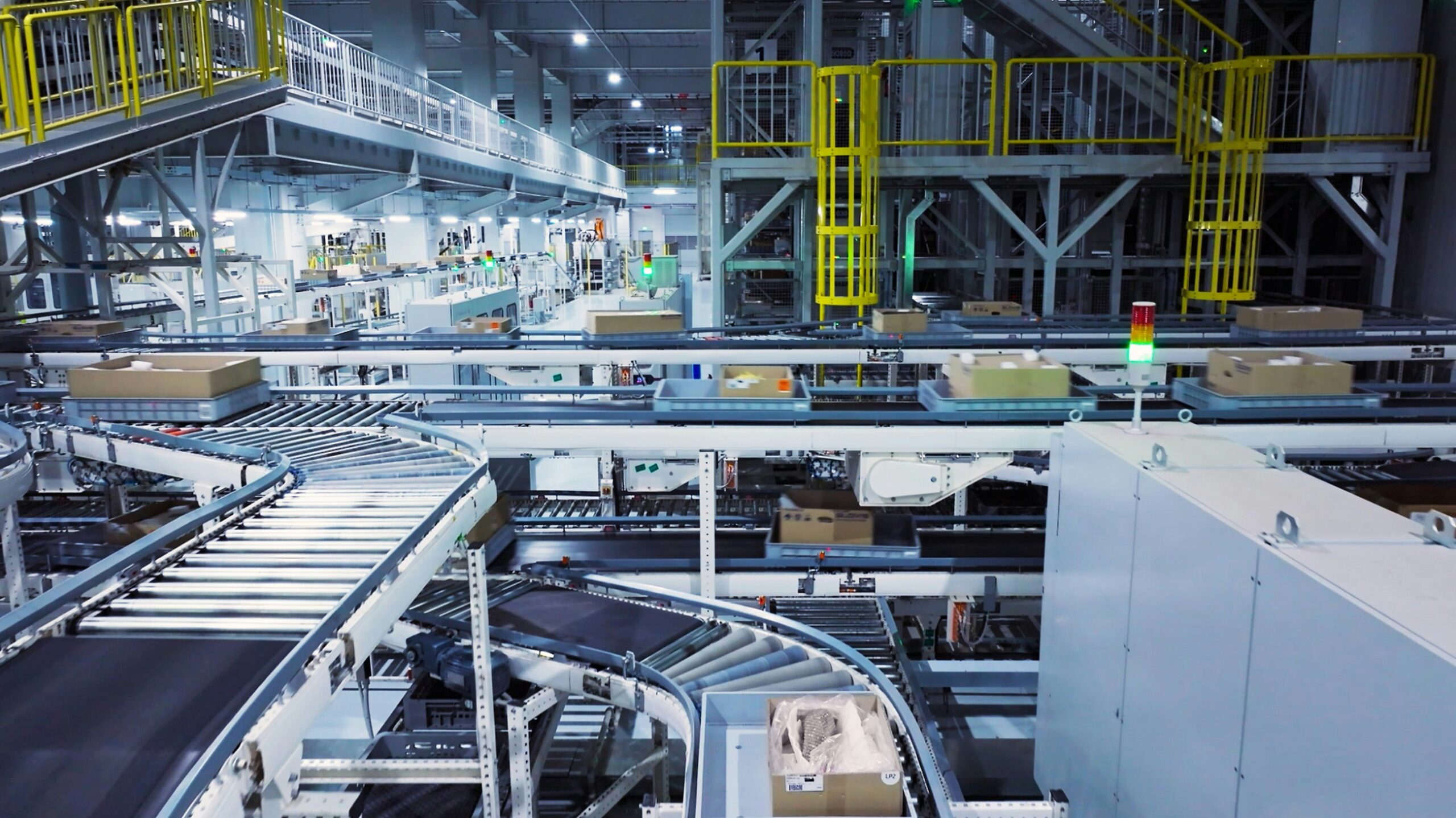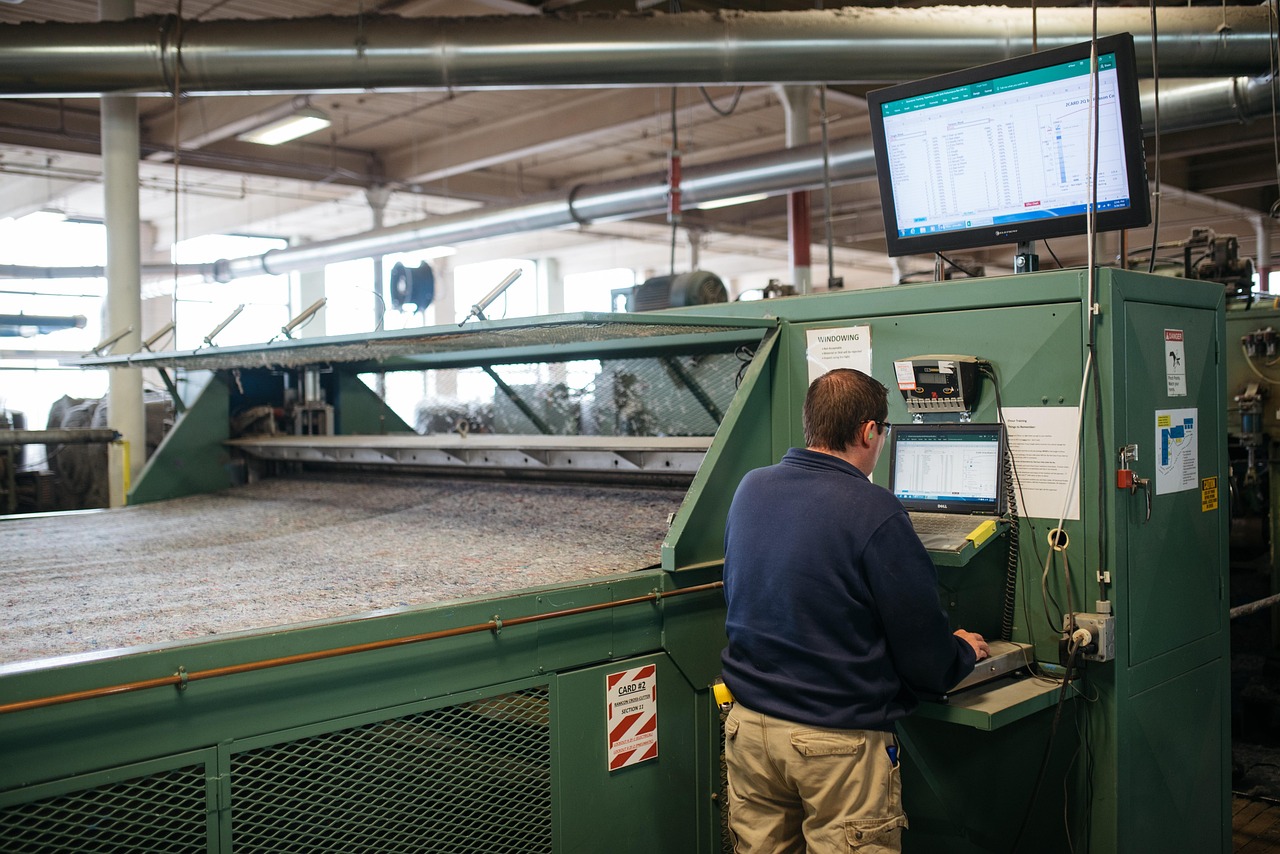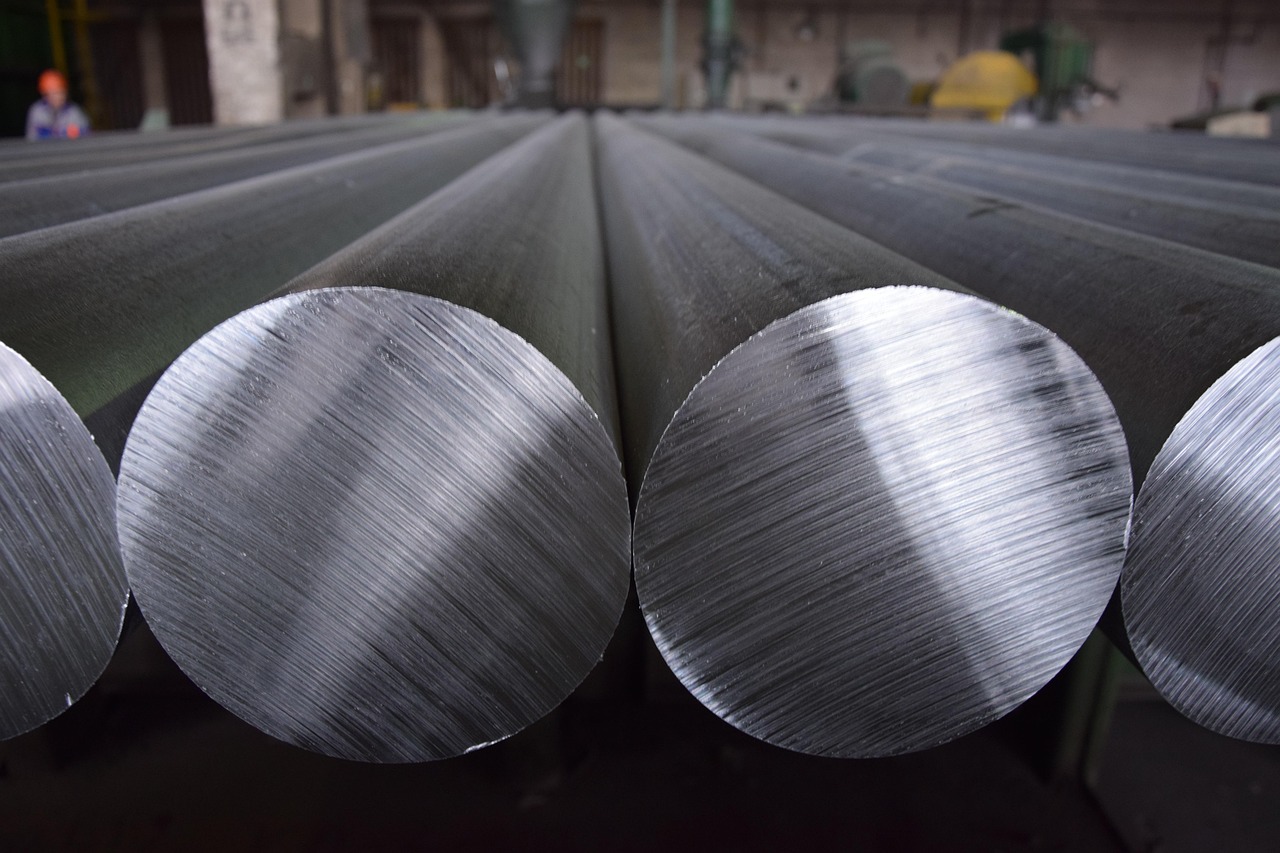The Power of Digital Twins and Generative AI in Modern Manufacturing

The convergence of digital twins and generative AI is set to redefine the manufacturing industry, creating an era marked by unprecedented levels of efficiency, innovation, and sustainability. While digital twins—virtual replicas of physical assets and processes—have already revolutionized operational optimization and predictive maintenance, the integration of generative AI takes these capabilities even further. By 2030, the global digital twin market is expected to surpass a staggering $184.5 billion, illustrating the transformative potential of this partnership. This blog delves deeper into how generative AI enhances digital twins across various dimensions, driving breakthroughs in predictive capabilities, design optimization, real-time decision-making, and the potential to reshape the entire manufacturing landscape.
The manufacturing sector, traditionally seen as slow to embrace technological advancements, now stands on the brink of a massive digital overhaul. The marriage of generative AI and digital twins not only promises to accelerate automation and efficiency, but it also enables manufacturers to step into the future of smart factories, where systems can self-optimize, learn from historical data, and make autonomous decisions in real-time. Predictive analytics, resource efficiency, sustainability, and mass customization are all within reach, signaling a revolution in how manufacturers design, produce, and deliver products to an increasingly demanding market.
Enhanced Predictive Capabilities
Perhaps one of the most compelling advantages of fusing generative AI with digital twins lies in their ability to significantly improve predictive capabilities. While traditional predictive models rely on predefined parameters and historical data, generative AI dynamically learns and adapts, continuously fine-tuning its predictions. This leads to more accurate forecasts and allows manufacturers to foresee issues and opportunities long before they impact operations.
Predictive Maintenance and Equipment Failures
In many industries, equipment downtime is one of the largest sources of production loss and unanticipated costs. Generative AI can monitor real-time data from digital twins, identifying patterns that indicate when equipment might fail, even before it shows outward signs of wear or malfunction. This allows manufacturers to implement proactive maintenance strategies that significantly reduce the risk of unplanned downtimes, extend the lifespan of machinery, and save millions in potential lost revenue.
Production Bottlenecks
Generative AI can simulate various production scenarios within the digital twin environment, identifying where bottlenecks are likely to occur and providing actionable insights to eliminate them before they manifest. By predicting where slowdowns will happen and optimizing workflows in real time, manufacturers can avoid costly delays and ensure production lines operate at peak efficiency.
Supply Chain Disruptions
Today’s volatile global supply chains are fraught with risks, from geopolitical tensions to natural disasters. However, by integrating generative AI with digital twins, manufacturers can simulate supply chain operations at a level of detail never before possible. The AI can predict potential disruptions based on real-time data inputs, suggesting alternative suppliers, logistical routes, or even inventory adjustments to mitigate delays and maintain smooth operations.
Quality Control Issues
Maintaining high product quality is a top priority for manufacturers, as it directly affects customer satisfaction and brand reputation. Generative AI can analyze production data in real-time, identifying subtle patterns that may indicate the onset of quality control issues. This early detection allows manufacturers to implement corrective measures before defects escalate, reducing product recalls, waste, and associated costs.
The transition from reactive to proactive operations, enabled by enhanced predictive capabilities, gives manufacturers a competitive edge in an industry where efficiency, speed, and reliability are paramount. This foresight can lead to major savings, increased operational uptime, and a significant boost in customer satisfaction due to consistently higher quality products.
Optimized Design and Production Processes
The integration of generative AI with digital twins is revolutionizing product design and manufacturing processes. From rapid prototyping to automated process optimization, this powerful combination drives innovation and efficiency across the entire product lifecycle. It allows manufacturers to do more with fewer resources, reducing time-to-market and enhancing their ability to adapt to changing market demands.
Rapid Prototyping
Traditional prototyping methods are time-consuming and costly, often requiring numerous iterations before finalizing a design. Generative AI can generate and test thousands of design variations within the digital twin environment, allowing manufacturers to explore a much wider range of design possibilities in a fraction of the time. This accelerated prototyping process reduces development costs and time-to-market, offering a critical advantage in fast-paced industries such as automotive and consumer electronics.
Novel Design Solutions
Generative AI’s ability to process vast amounts of data enables it to explore design spaces that human engineers might not consider, unlocking innovative solutions that could lead to breakthrough products. By combining insights from diverse datasets and AI’s ability to optimize for multiple variables (e.g., strength, weight, cost, and sustainability), manufacturers can develop designs that are both creative and efficient. This can be particularly valuable in industries such as aerospace, where innovation and optimization are key to staying ahead of the competition.
Performance Optimization
Generative AI, in conjunction with digital twins, can optimize products for specific performance criteria. For example, in the automotive industry, AI algorithms can refine vehicle designs to improve fuel efficiency, reduce weight, or enhance safety. By running simulations within the digital twin, manufacturers can achieve these optimizations without the need for costly physical prototypes.
Process Optimization
Beyond product design, generative AI can optimize the production processes themselves. By simulating various manufacturing scenarios, it identifies the most efficient processes, reducing production time, waste, and energy consumption. This not only improves operational efficiency but also lowers production costs, making the entire manufacturing operation more competitive.
Autonomous Improvements
As AI systems become more sophisticated, they may be able to autonomously manage production lines, optimizing material flow, scheduling, and output without human intervention. This next-level automation could dramatically improve factory efficiency, enabling manufacturers to produce more with less, while maintaining high levels of quality and consistency.
Real-Time Decision Support
The ability to make informed, real-time decisions is a critical advantage in manufacturing environments where speed and accuracy are essential. The combination of generative AI and digital twins provides powerful real-time decision support capabilities, helping manufacturers stay agile and responsive to changes in production conditions, supply chain disruptions, and customer demands.
- Immediate Problem-Solving: When issues arise on the production floor, time is of the essence. Generative AI can rapidly analyze real-time data from digital twins to suggest immediate solutions to production problems. Whether it’s a malfunctioning piece of equipment or an unexpected supply chain delay, AI can provide actionable recommendations that minimize disruptions and keep production lines running smoothly.
- “What-If” Scenario Simulation: One of the most valuable capabilities of generative AI is its ability to simulate various “what-if” scenarios. For example, if a key supplier is suddenly unavailable, AI can quickly model alternative production strategies and identify the best course of action. This allows manufacturers to respond swiftly to unexpected events, minimizing downtime and reducing the risk of costly production delays.
- Direct Interaction with Factory Leadership: As AI and digital twin technologies advance, they could eventually interact directly with factory leadership, providing real-time recommendations and insights. Imagine a factory manager receiving an AI-generated alert about an impending production bottleneck, along with suggestions for how to address it. This streamlined decision-making process not only saves time but also improves the overall efficiency of the operation.
Advanced Simulation and Testing
The integration of generative AI with digital twins enables more sophisticated simulation and testing capabilities than ever before. Manufacturers can now test new products and processes in a virtual environment, reducing the need for physical prototypes and accelerating product development timelines.
- Comprehensive Process Optimization: AI can run millions of hypothetical production sequences to identify the most efficient processes. Previously, this level of simulation was limited by computational power, but generative AI makes it feasible to run highly detailed simulations. This is leading to optimal production outcomes that save both time and resources.
- Complex Scenario Modeling: Digital twins powered by AI can model complex scenarios involving stochastic processes, inventory buffers, and material travel times with high fidelity. This advanced modeling capability allows manufacturers to gain a more accurate representation of their operations, helping them make better decisions and mitigate risks before they impact the bottom line.
- Virtual Product Testing: The advanced simulation capabilities of AI-powered digital twins enable manufacturers to test new products or processes in a virtual environment, without the need for physical prototypes. This significantly reduces development costs and timelines, allowing manufacturers to bring new products to market faster while minimizing the risk of costly design errors.
Improved Sustainability and Resource Efficiency
Sustainability is no longer an optional consideration in modern manufacturing—it’s a business imperative. Consumers, regulators, and investors are demanding more sustainable practices, and the combination of digital twins and generative AI offers manufacturers powerful tools to optimize resource efficiency and minimize waste.
- Energy Optimization: Generative AI can analyze energy consumption patterns within the digital twin environment, suggesting ways to reduce energy use and carbon emissions. These suggestions can range from simple operational changes, such as adjusting machine settings, to more complex process redesigns aimed at reducing energy-intensive steps in production. The result is a more sustainable operation that not only benefits the environment but also reduces costs.
- Material Usage Optimization: Waste reduction is a key component of sustainability. Generative AI can optimize material usage in manufacturing processes. By reducing waste and improving overall efficiency. For example, AI can analyze cutting patterns in textile manufacturing to minimize material waste. Another example, generative AI can optimize chemical reactions in pharmaceutical production to reduce the need for costly and environmentally harmful materials.
- Sustainable Product Design: AI-powered digital twins can simulate the entire lifecycle of a product, from production to disposal. This holistic approach allows manufacturers to identify opportunities for improving the sustainability of their products, whether it’s by using recycled materials, reducing the carbon footprint of the production process, or designing products that are easier to recycle or dispose of responsibly. By considering sustainability from the design phase, manufacturers can create products that are not only more environmentally friendly but also more attractive to eco-conscious consumers.
Customization and Personalization
The combined power of generative AI and digital twins is driving a new era of mass customization in manufacturing. In today’s marketplace, consumers increasingly demand products that are tailored to their specific needs and preferences. However, meeting these demands at scale has traditionally been a challenge for manufacturers. Generative AI, when paired with digital twins, offers a solution, enabling manufacturers to customize products at scale while maintaining the efficiency and cost-effectiveness of mass production.
- Personalized Product Design: By analyzing customer data generative AI can automatically generate custom product designs that meet individual customer requirements. Whether it’s a pair of running shoes or a piece of industrial equipment, AI-driven digital twins can quickly create personalized designs. This not only enhances the customer experience but also opens up new revenue streams for manufacturers, allowing them to tap into the growing market for personalized goods.
- Efficient Customization at Scale: Generative AI can optimize production processes to accommodate custom designs without sacrificing efficiency. For example, AI can analyze production schedules and workflows to ensure that custom orders are seamlessly integrated into the existing production line. This allows manufacturers to offer personalized products at scale, without the cost or complexity typically associated with customization.
Conclusion:
The integration of generative AI and digital twins marks a paradigm shift in manufacturing. This powerful combination enhances current processes and opens the door to entirely new ways of innovating and optimizing. Furthermore, allowing for production in a world that increasingly demands agility, sustainability, and precision. By leveraging the capabilities of generative AI, manufacturers can predict failures before they happen, optimize designs and processes for maximum efficiency, and make data-driven decisions in real-time. They can also improve sustainability, customize products at scale, and create more value for their customers. Accomplishing all of that, while reducing costs and improving operational efficiency.
The future of manufacturing is here, and it’s being driven by the fusion of digital twins and generative AI. Those manufacturers who embrace this revolution will be well-positioned to thrive in the increasingly competitive global marketplace. Those who fail to adapt may find themselves left behind. The question is not whether digital twins and generative AI will transform the industry, but how quickly manufacturers can harness their full potential.




